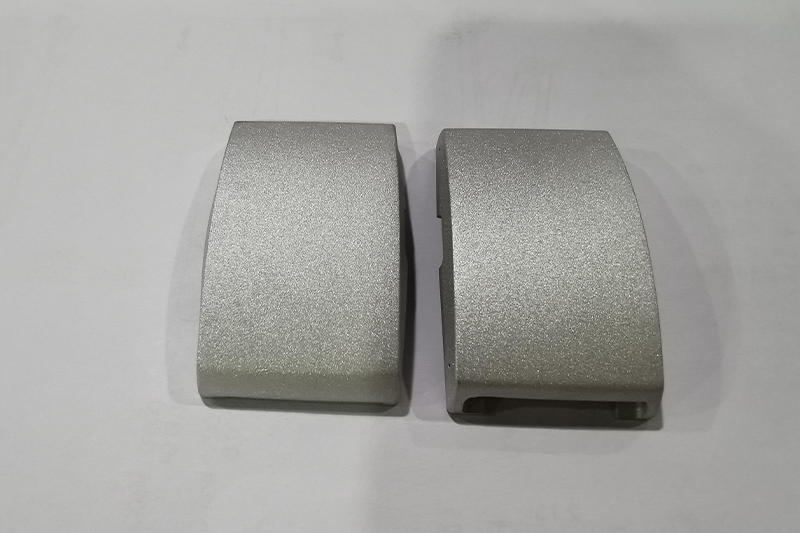Home > CNC Machining Materials > Metals > Brass
CNC Machining Materials
Brass CNC Machining
Brass is an alloy with good machinability and exceptional electrical conductivity. Perfect for parts that require low friction.
All uploads are secure and confidential
Brass CNC Machining
Brass is the name utilized for a variety of copper-zinc alloys. These alloys differ by the quantity of zinc, along with the inclusion of various other alloying elements such as lead, aluminum, and iron.
Because of its copper content, brass is thermally and electrically conductive. It also has excellent wear resistance. The inclusion of lead enhances machinability, making brass the most machinable of all copper alloys.
Brass is a functional copper alloy that retains some of copper’s advantages but enhances several of its attributes. It is mechanically more robust and lower-friction steel and has much better deterioration and put-on resistance than basic copper.
These residential properties make CNC machining brass perfect for mechanical applications that likewise call for corrosion resistance, such as those found in the aquatic sector.
C360: known as free-cutting brass. As one of the most commonly used brasses for CNC machining, C360 has a high lead content and excellent machinability and mechanical properties. It is suitable for machined parts like screws, gears, valve parts, and other precision mechanical components.
H59: H59 brass primarily comprises 59% copper, the remainder being zinc and other alloying elements. With good corrosion resistance and excellent electrical conductivity, H59 makes valves, pipe fittings, nuts, bolts, and various architectural decorative items.
H62: H62 brass primarily comprises 62% copper, the remainder being zinc and other trace elements. With good machinability and corrosion resistance, H62 brass is widely used in producing pipes, pipe fittings, mechanical parts, electrical components, and various hardware and decorative items.
C360 brass is more popular in the USA and Europe, while H59 and H62 is quite common used in China.

Brass Subtypes
| Ultimate tensile strength | Yield strength | Young’s modulus (modulus of elasticity) | Elongation at break | Corrosion resistance | Magnetism | Weldability | Application | ||
| Brass C360 | 330 – 350 MPa | 140 – 150 MPa | 20 – 23 % | Moderate | Non-magnetic | High | Gears, pinions and lock parts. | Learn More |
Brass CNC Machining Surface Finishes
Cost-saving Design Tips
Brass is a costly metal, so optimization of its usage is recommended.
1.Design for manufacturing (DFM)
Even though brass is easy to machine, pay attention to design parts that follow the applicable DFM principles. Besides, designing the part to minimize the number of machining setups will further reduce the cost of machining.
2.Choose the right grade
If the application is a purely cosmetic one, it is not necessary to use high-strength or low-friction brass. If your part needs a lot of machining, for example a gear, a more machinable brass is used in order to minimize machining time.
FAQs
Cutting speeds for brass using a plain high speed steel cutter are 90-210 MPM (meters per minute) and 300-700 SFM (surface feet per minute).
Brass is one of the easiest materials to machine, especially in comparison to aluminum. Where aluminum can often stick to machining tools, brass seems to adhere to tools less during machining. It is a metal alloy made of copper and zinc and is one of the most highly used materials in the world, but is still underutilized in the US in machining.
These tips will help you experience more success when CNC machining brass:
Carbide cutting tools or cutters with carbide inserts can improve the material removal rate and extend the tool life.
Allow mills to run a higher speed.
Use spindle liners to protect the equipment, workpiece, and machine operators.
Faster machining speeds and higher quality in brass turning or milling can be achieved by reducing the clearance to damp vibration and eliminating the bar whip.
Proper programming is essential in cnc machining brass, for example, using the proper G-code to set spindle speed and operations based on the requirements of your project.












